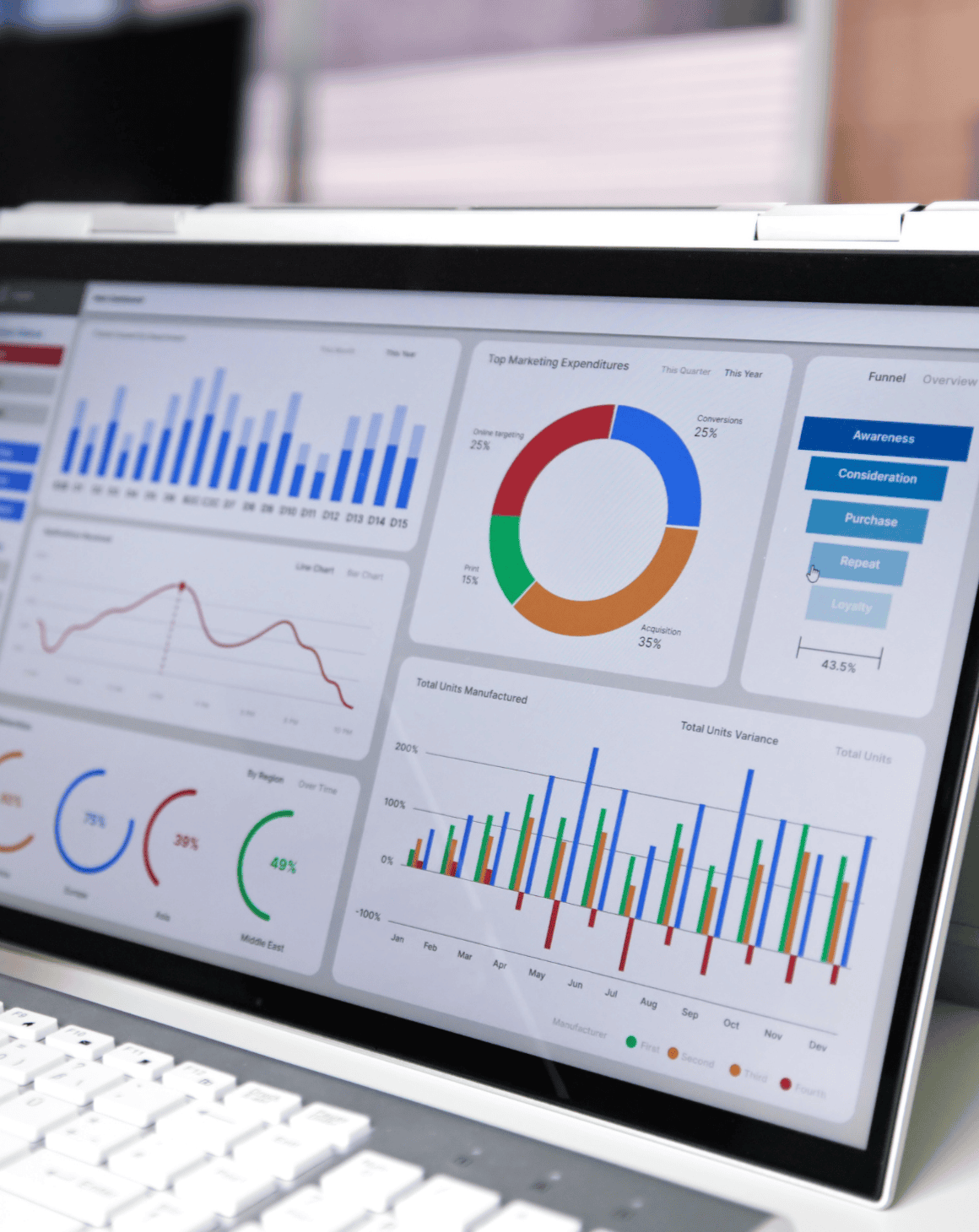Advertising is a vital part of a good eCommerce marketing strategy. When it comes to digital advertising, it doesn’t get much better than search advertising. With search engine ads, you can capture your potential customers as they search for products that you offer. The most popular (and some would argue best) platform for search engine advertising is Google Ads (formerly known as AdWords).
To say that Google is a powerful advertising tool would be an understatement. With around 227 million Google searches an hour, Google controls 90% of the global search engine market. So, your customers use Google and search for your products. Not to mention, Google owns YouTube, another powerful and popular search engine where Google Ads are run.
How do Google Ads work?
Similar to other paid digital advertising platforms, Google Ads uses a pay-per-click (PPC) model, which means you’re only charged when someone clicks on your ad and visits your site. Behind the scenes, Google Ads uses a bidding system to determine where your ads are placed in search results and in videos. You bid on search terms (keywords and phrases), and your ads show up in searches and in videos based on how relevant they are to the term searched.
Using Google Ads for eCommerce
Google Ads are a great way to get your feet wet when it comes to paid digital advertising, but they’re also powerful in combination with other marketing efforts. As we said earlier, when you use Google Ads, you have the opportunity to capture your potential customers as they search for the products you offer. Because of this, there’s a high potential for ROI. It’s essential, though, to make sure you understand the basics of the different kinds of campaigns you can run to better implement your advertising strategy.
Campaigns
Google has six main types of ad campaigns that brands can run: search, display, discover, Gmail, maps, and video ads. Google Ads previously also included Google Shopping and app ads, but after launching Performance Max, it has been announced that these ad types will be phased out.
Performance Max is a new goal-based, machine-learning platform that helps advertisers to automate their ad campaigns. According to Google, Performance Max is “best to use when:
- You have specific advertising and conversion goals (for example, driving online sales, lead generation, and others).
- You want to maximize the performance of your campaign, and you aren't limited by which channel your ads appear on.
- You want to easily access all of Google’s advertising channels using a single campaign.
- You want to get additional reach and conversion value beyond keyword-based Search campaigns.”
Some of the benefits of using Performance Max include Smart Bidding, achieving higher conversion rates, and increased insights into ad performance and search trends.
Implementing Google Ads for your business
It’s important to note that Google is investing heavily in automation and GA4 (Google Analytics 4). Because of this, you need to ensure that your brand owns more first-party data so that you can set your account up for success before you invest in ad campaigns. Once you’ve done this, you can begin to plan for paid ad campaigns.
The biggest factors to consider when implementing paid ads are your brand’s budget, goals, and potential ROI. You need to know what your goals are to know how profitable your brand needs to be in order to start investing in Google Ads. Once you’ve established what your goals are, you can start thinking about your budget and how much you’re able to spend to reach that goal.
Once you have the budget, create your Google Ads account, and determine which ads best fit your budget and objectives. It’s important to run a variety of campaign types to maximize your ROAS. For instance, some ad campaigns perform best for retargeting, and some are perfect for building brand awareness.
Once you know your budget and your goals, you’ll need to generate creative and copy.
- The creative could be images, video, or a mix of both, depending on the campaign.
- The copy is any written or spoken language that will appear in your ad.
After you have the creative and the copy ready, you’ll need to decide how long your ads will run, which will depend on your budget and objective. If you’re building brand awareness, you may want to run your ads continuously, keeping the creative and the copy fresh. If the goal is to promote a holiday sale, then you’ll likely only want to run the ad for that season.
Google Ads is a strong advertising platform with a vast array of campaigns that can benefit any brand, but it can be difficult to get started.
Here at Blue Wheel, we assist clients with their entire ad journey, from budget recommendations to campaign implementation. If you’re looking to level up your paid digital advertising strategy, the Blue Wheel team is here to help!
Simply fill out the form below and we’ll get in touch to discuss your Google Ads goals.







.png)
.png)
.avif)